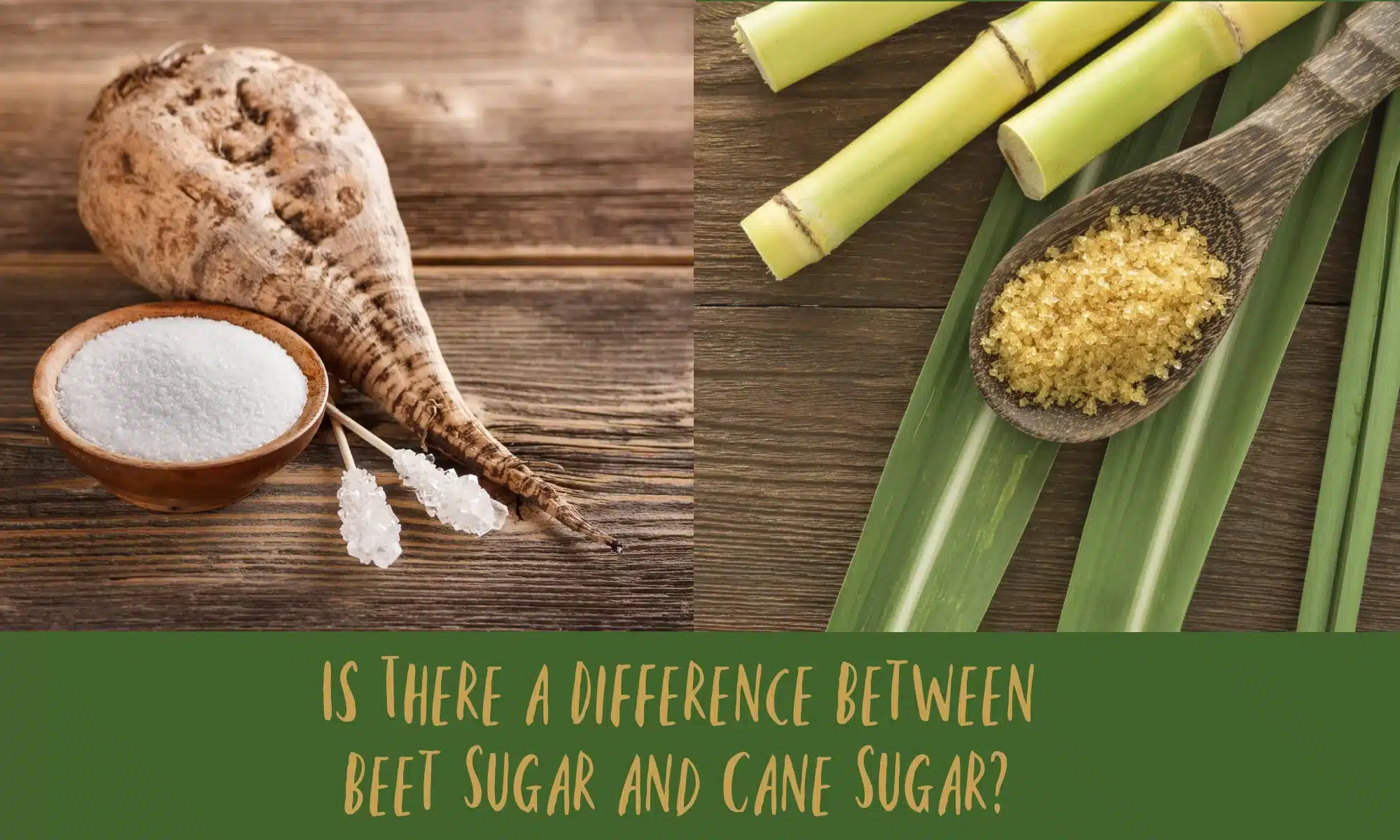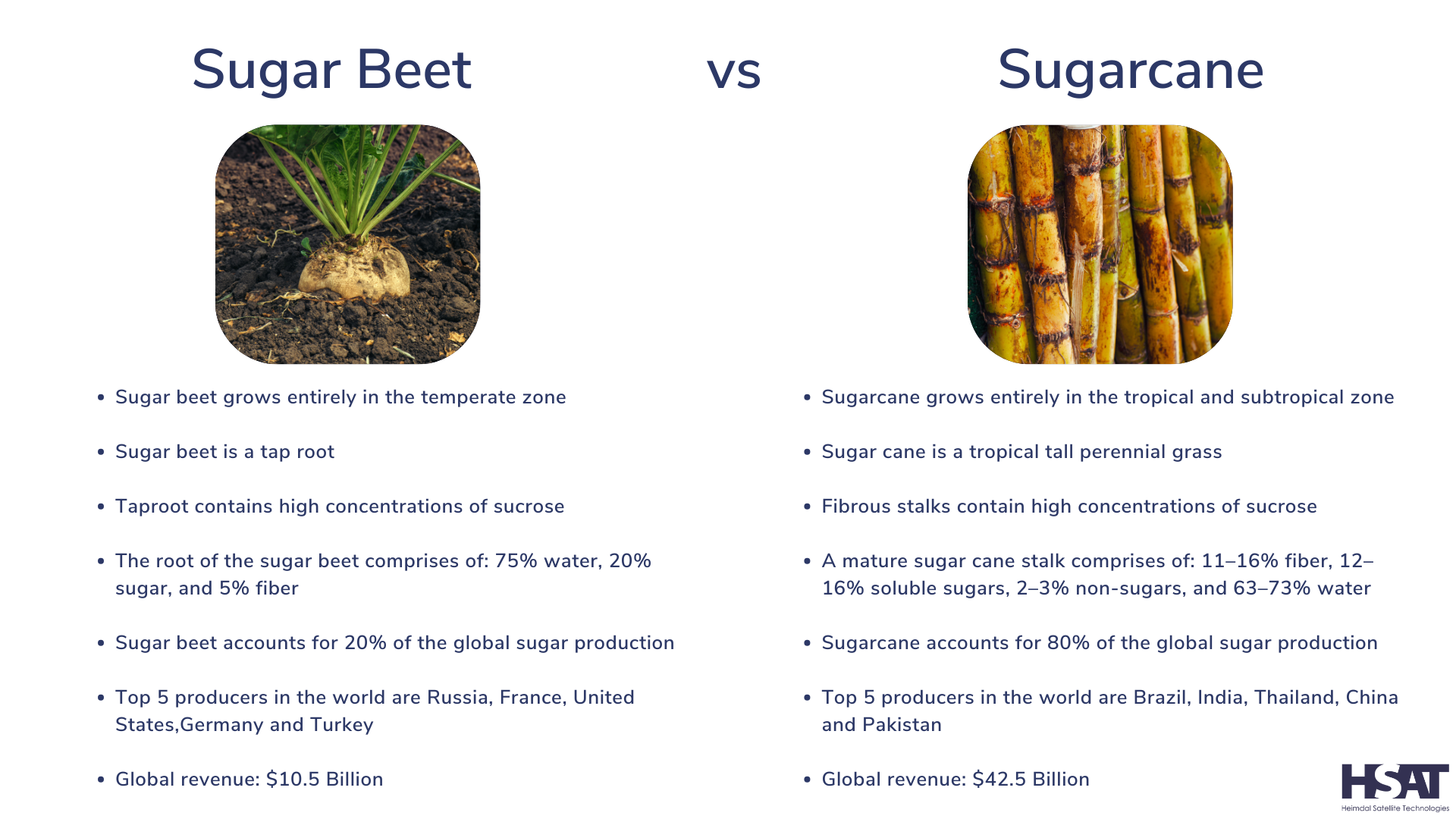Beetroot Sugar Vs Walking Stick: Which Sugar Reigns Supreme in Your Kitchen Area?
The choice in between beetroot sugar and walking stick sugar usually shows not only personal taste but additionally the culinary needs of specific meals. Walking stick sugar is often praised for its abundant, complex flavor that enhances baked goods, while beetroot sugar offers a more neutral sweet taste that may suit a selection of applications. The differences extend beyond taste profiles to beginnings and nutritional aspects, elevating inquiries concerning their respective roles in modern-day kitchen areas. Which sugar really should have a place of honor in your cooking repertoire? The solution might shock you as we explore these nuances even more.
Beginnings of Beet Sugar
Beet sugar, originated from the sugar beet plant (Beta vulgaris), has an abundant background that goes back to the late 18th century. The very first effective removal of sugar from beets took place in Germany around 1747, when drug store Andreas Marggraf recognized the plant's sugar content. By the early 19th century, the procedure was fine-tuned and marketed, bring about the facility of beet sugar factories across Europe.
The increase of beet sugar was substantially affected by geopolitical factors, particularly the Napoleonic Wars, which interrupted cane sugar products from the Caribbean. This motivated European countries to invest in beet sugar production as a domestic choice. The establishment of the sugar beet market offered a financial boost to country areas, developing tasks and stimulating farming techniques.
Beginnings of Walking Stick Sugar

By the 7th century, sugar cane was presented to the Center East, greatly due to the growth of Islamic empires. The innovation for refining sugar from walking stick juice advanced throughout this duration, leading to the facility of massive sugar manufacturing. The Crusades further promoted the introduction of sugar to Europe, where it became a sought after deluxe item by the 12th century.
The substantial need for sugar in Europe resulted in the facility of ranches in the Caribbean and South America throughout the colonial era. This marked a transforming factor in sugar manufacturing, transitioning from a high-end excellent to a standard product, basically shaping culinary methods and economic climates worldwide.
Taste Profiles Comparison
While both beet sugar and walking cane sugar serve the same primary function as sugar, their taste profiles show subtle distinctions that can influence cooking applications (beet sugar vs cane). Walking stick sugar is often thought about to have a somewhat a lot more complicated taste, identified by a tip of sugar notes that can boost the preference of baked products and confections. This depth is credited to the visibility of trace minerals and natural substances that are more pronounced in walking cane sugar due to its natural handling techniques
In comparison, beetroot sugar tends to have a cleaner, extra straightforward sweetness with less flavor complexity. It is typically defined as having a slightly metallic aftertaste, which may be less preferable in specific fragile meals or beverages. This difference becomes particularly substantial in dishes where the sugar's flavor could take on various other ingredients, such as in fruit maintains or great breads.
Ultimately, the selection in between beetroot sugar and walking cane sugar may come down to personal choice and the certain demands of a recipe. For those looking for a nuanced flavor to complement their culinary developments, cane sugar may be the preferred option, while beetroot sugar functions as a flexible and functional option in many applications.
Nutritional Distinctions
Nutritionally, both beetroot sugar and walking cane sugar are nearly identical, primarily composed of sucrose and giving the very same caloric web content. Each sort of sugar consists of approximately 4 calories per gram, making them comparable in energy payment when utilized in food and drinks - beet sugar vs cane. This similarity extends to their chemical frameworks, which include sugar and fructose molecules bonded official statement together
While the YOURURL.com key nutritional value of both sweeteners is basically the very same, some small variations exist in trace element. Walking cane sugar may include tiny amounts of calcium, magnesium, and potassium, while beet sugar is typically devoid of these nutrients. The quantities existing are negligible and do not significantly influence general dietary consumption.
It is very important to keep in mind that neither beet sugar nor cane sugar offers any kind of substantial health advantages; they are best consumed in moderation as component of a balanced diet regimen. Extreme consumption of any type of sugar can add to wellness issues such as excessive weight, diabetic issues, and dental issues. Therefore, when taking into consideration dietary distinctions, the focus should continue to be on moderation and general nutritional patterns rather than the minute differences between beetroot and cane sugars.
Cooking and Cooking Uses
When it concerns food preparation and baking, both beetroot sugar and walking stick sugar can be utilized reciprocally in a lot of dishes because of their similar chemical composition and functional residential or commercial properties. Both sugars are composed primarily of sucrose, which means they will provide the same degree of sweetness and add to the Maillard response, essential for browning and flavor development in baked goods.
In cooking, both beet and walking cane sugars can be made use of in cookies, cakes, and breads without impacting the texture or structure of the end product. There are refined differences in taste; some bakers argue that cane sugar provides a slightly cleaner sweetness, while beetroot sugar may present a much more robust taste.
For cooking applications, both sugars perform just as well in dressings, sauces, and sauces, improving tastes without altering the desired result. Additionally, they can be utilized in candy-making procedures, where precision is essential, as both sugars take shape in a similar way.

Final Thought
In recap, both beet sugar and walking stick sugar have unique beginnings and taste profiles that affect their try this site culinary applications. Cane sugar's facility, caramel-like notes improve the flavor of baked products, while beetroot sugar offers a tidy sweetness suitable for a broad array of meals.
Walking cane sugar is regularly applauded for its abundant, complicated taste that improves baked goods, while beetroot sugar supplies a more neutral sweetness that might match a variety of applications.Beet sugar, acquired from the sugar beetroot plant (Beta vulgaris), has a rich background that dates back to the late 18th century.While both beet sugar and cane sugar offer the exact same primary feature as sugar, their taste profiles display subtle differences that can influence cooking applications.In summary, both beet sugar and cane sugar have distinctive beginnings and taste accounts that influence their cooking applications. Walking cane sugar's complicated, caramel-like notes boost the taste of baked items, while beet sugar uses a tidy sweetness ideal for a broad array of dishes.